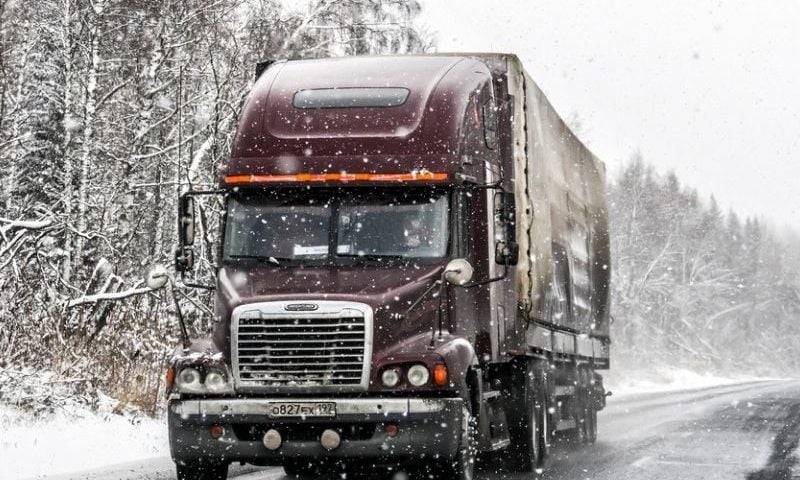Bad weather is the enemy of drivers everywhere. According to the US Department of Transportation, inclement weather is a factor in nearly 21 percent (1,235,000) accidents on American roadways every year. Rain, snow, and ice are the greatest hazards, with the three contributing to decreased visibility, decreased vehicle performance, reduced roadway friction, and, in general, just making it a pain to drive.
For truckers, Denver car accident lawyer Jeremy Rosenthal notes, the risks during bad weather can be even greater since they are operating such a large vehicle. It’s imperative that every trucker makes the wisest safety decisions when the weather turns sour — and these are five of the most important tidbits every trucker should know about making their way through inclement conditions on the roads.
Preparation Is Vital
An ounce of prevention is worth a pound of cure, the saying goes. This is especially applicable to bad weather driving, where knowing what to do ahead of time is of the utmost importance.
It starts with checking your weather reports and knowing what sort of conditions you should expect when you hit the road. With time to prepare yourself mentally, you won’t be taken by surprise when those poor conditions hit you.
Controlling Speed Is a Must
Going too fast in poor weather is a surefire way to end up in an accident. You’ll want to slow down to give yourself time to react to surprises and to minimize the chances of your vehicle losing control.
You Have To Give Yourself Space
Driving too close to other vehicles on the road is a recipe for disaster. You won’t have time to slow down, which almost always means you’ll end up rear-ending whoever is in front of you. Give the other drivers on the road some space, and you’ll be doing your part to keep everyone safe.
Don’t Overlook the Value of Communication
Communication is key, especially in bad weather. Always remember to signal your intent to other drivers on the road before you make a move. This way, they’ll have ample time to react and won’t get in your way.
Safety Is a State of Mind
Always remember that it’s up to you to make safety a priority. You’ll need to keep your wits about you at all times and exercise your best judgment so that you make the best safety decisions possible while you’re on the road.

